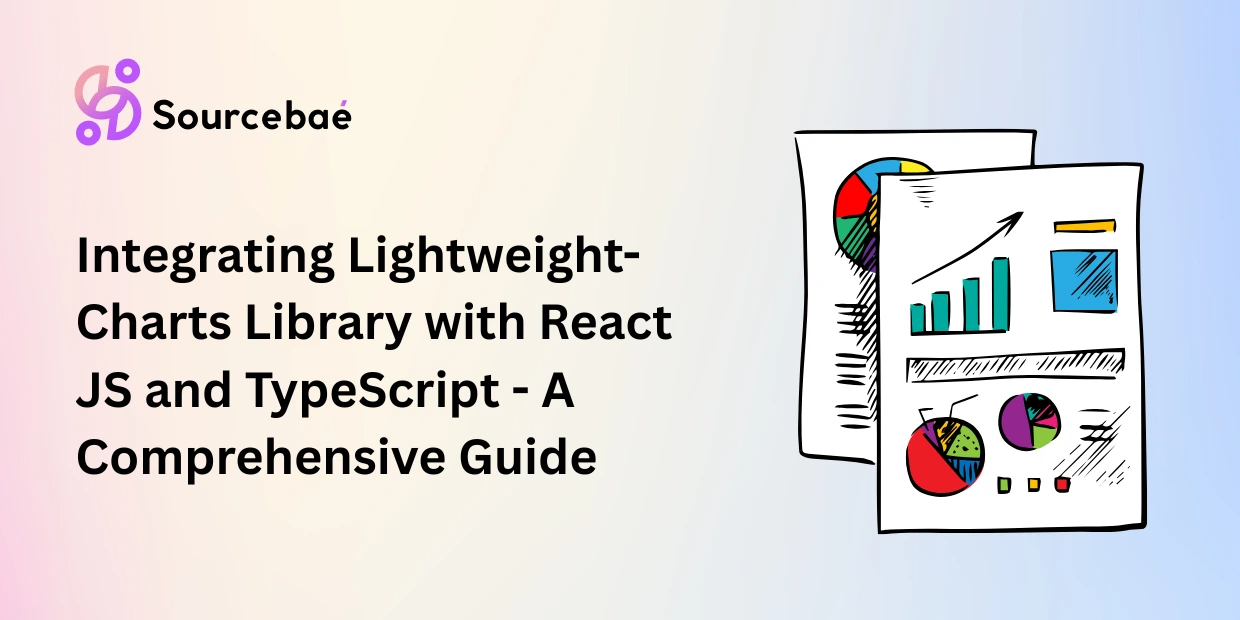React is a popular technology used in web development, but there is often confusion surrounding its classification. Is React a language or a library?
In this article, we will delve into the details and explore the key differences between React as a language and a library.
Whether you’re a beginner in web development or an experienced developer looking to clarify your understanding, this article will provide you with valuable insights.
Is React a Language or a Library?
React is neither a language nor a library in the traditional sense. It is a JavaScript library for building user interfaces. React was developed by Facebook and has gained widespread adoption due to its simplicity and efficiency in creating interactive web applications.
Understanding React as a Language
React itself is not a programming language. It is built using JavaScript, a popular scripting language that runs in the browser. JavaScript provides the foundation for React and enables the library to manipulate and update the Document Object Model (DOM) efficiently.
React introduces a declarative syntax that allows developers to describe how the user interface should look at any given time. This declarative approach simplifies the process of building complex UI components by breaking them down into reusable and modular pieces.
React as a JavaScript Library
React can be best described as a JavaScript library for building user interfaces. It provides a set of tools and components that developers can leverage to create interactive and dynamic web applications. React’s core functionality revolves around efficiently updating and rendering UI components based on changes in the application’s state.
React makes use of a virtual DOM (Document Object Model) to optimize the rendering process. Instead of directly updating the browser’s DOM, React compares the virtual DOM with the actual DOM and applies only the necessary changes. This approach significantly improves performance and ensures a smooth user experience.
Key Features of React
React comes with several key features that make it a powerful tool for web development:
- Component-Based Architecture: React promotes a modular approach to building UI components. Each component encapsulates its logic and state, making it easier to manage and reuse across different parts of the application.
- Virtual DOM: React’s virtual DOM allows for efficient updates and rendering of components. By minimizing direct DOM manipulation, React improves performance and ensures a responsive user interface.
- One-Way Data Flow: React follows a unidirectional data flow pattern, where data flows from parent components to child components. This approach simplifies debugging and makes it easier to track data changes.
- JSX Syntax: React uses JSX, a syntax extension for JavaScript, to define component structures. JSX combines HTML-like syntax with JavaScript expressions, making it easy to write and understand component code.
Benefits of React
React offers several benefits that make it a popular choice among developers:
- Reusability and Modularity: React’s component-based architecture allows for the creation of reusable and modular UI components. Developers can build complex interfaces by composing smaller components, promoting code reusability and maintainability.
- Efficiency: React’s virtual DOM and efficient diffing algorithm ensure that only the necessary changes are applied to the actual DOM. This approach results in better performance and improved rendering speed, especially in large-scale applications.
- Developer-Friendly: React’s straightforward syntax and extensive documentation make it easy for developers to get started. The vibrant React community provides ample resources, libraries, and tools to support developers in their projects.
- Large Ecosystem: React has a vast ecosystem of tools, libraries, and frameworks that extend its capabilities. Developers can leverage these resources to enhance their productivity and solve specific challenges in web development.
React vs. Other Web Technologies
React is just one of many options available for web development. Let’s briefly compare React with other popular web technologies:
- React vs. Angular: While both React and Angular are used for building web applications, they have different approaches. React focuses on the view layer and provides a library for building UI components, while Angular is a full-fledged framework with built-in solutions for routing, data management, and more.
- React vs. Vue: React and Vue share similarities in their component-based architecture and virtual DOM. However, React has a larger community and is often favored for larger projects, while Vue is known for its simplicity and ease of adoption.
- React vs. jQuery: React and jQuery serve different purposes. React is primarily used for building interactive UI components, while jQuery is a versatile JavaScript library that simplifies DOM manipulation and provides utility functions.
React Native: A Framework for Mobile Development
In addition to web development, React has expanded its reach to mobile development through React Native. React Native is a framework that allows developers to build native mobile applications using JavaScript and React. With React Native, developers can leverage their existing knowledge of React to create apps for both iOS and Android platforms, reducing development time and effort.
React: An Ecosystem of Tools and Libraries
React’s popularity has spawned a vibrant ecosystem of tools and libraries that complement its functionality. Here are a few notable examples:
- Redux: Redux is a state management library commonly used with React. It provides a predictable state container that helps manage application state in a more organized and scalable manner.
- Next.js: Next.js is a framework built on top of React that adds server-side rendering and other advanced features. It simplifies the setup and configuration process for React projects, making it easier to build performant and SEO-friendly applications.
- React Router: React Router is a popular library for handling routing in React applications. It allows developers to create dynamic and navigable interfaces by defining routes and mapping them to specific components.
Read Also:
- Next.js vs. React: Choosing the Right Framework
- Optimizing Performance in React
- Tips to Hire React Developers
- Why Choose React Web Development
- Super() And Super(Props) In React
- Top 10 Books to Learn React JS
- Is React a Frontend or Backend?
Frequently Asked Questions
- Is React a programming language? No, React is not a programming language. It is a JavaScript library for building user interfaces.
- Can React be used with other programming languages? React is primarily used with JavaScript. However, there are projects like React Native, which enable the use of React with other programming languages for mobile development.
- What is the difference between React and React Native? React is used for web development, while React Native is a framework for building native mobile applications using React and JavaScript.
- Is React suitable for large-scale applications? Yes, React is suitable for large-scale applications. Its component-based architecture and efficient rendering process make it ideal for building complex and performant user interfaces.
- What is JSX in React? JSX is a syntax extension for JavaScript used in React. It allows developers to write HTML-like code within JavaScript, making it easier to define and compose React components.
- Can I use React without JSX? Yes, React can be used without JSX. JSX is not a requirement, but it simplifies the process of defining and rendering components.
Conclusion
In conclusion, React is a powerful JavaScript library for building user interfaces. It is neither a language nor a traditional library but offers a set of tools and components to simplify the process of developing interactive web applications. Understanding the distinctions between React as a language and a library is essential for developers looking to harness its potential. By leveraging React’s component-based architecture, virtual DOM, and extensive ecosystem, developers can create modern, efficient, and scalable web applications.






